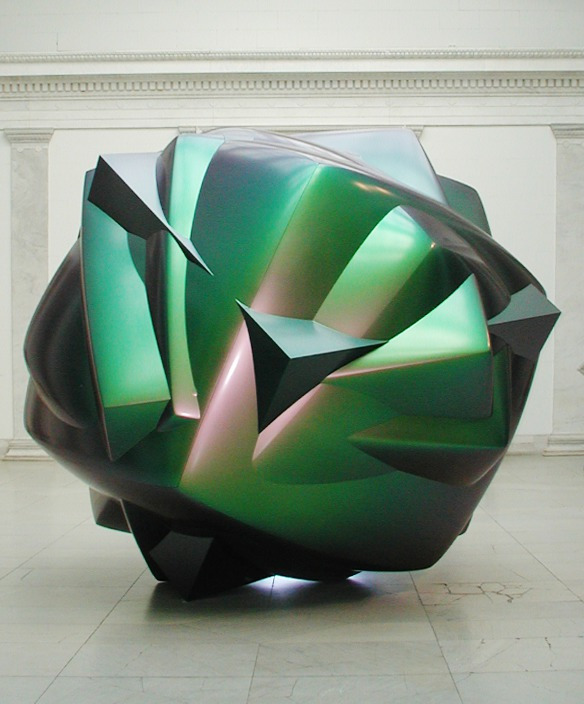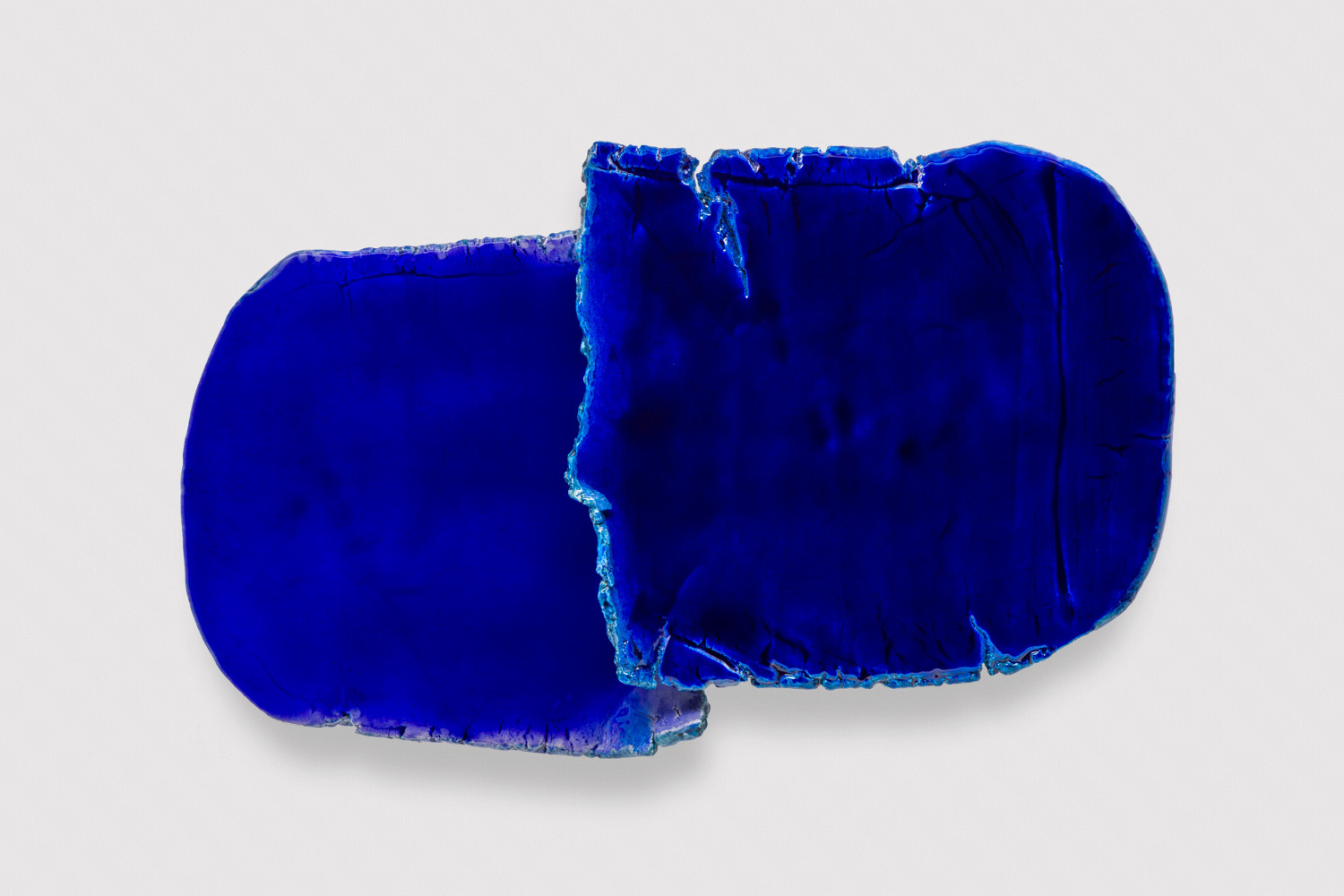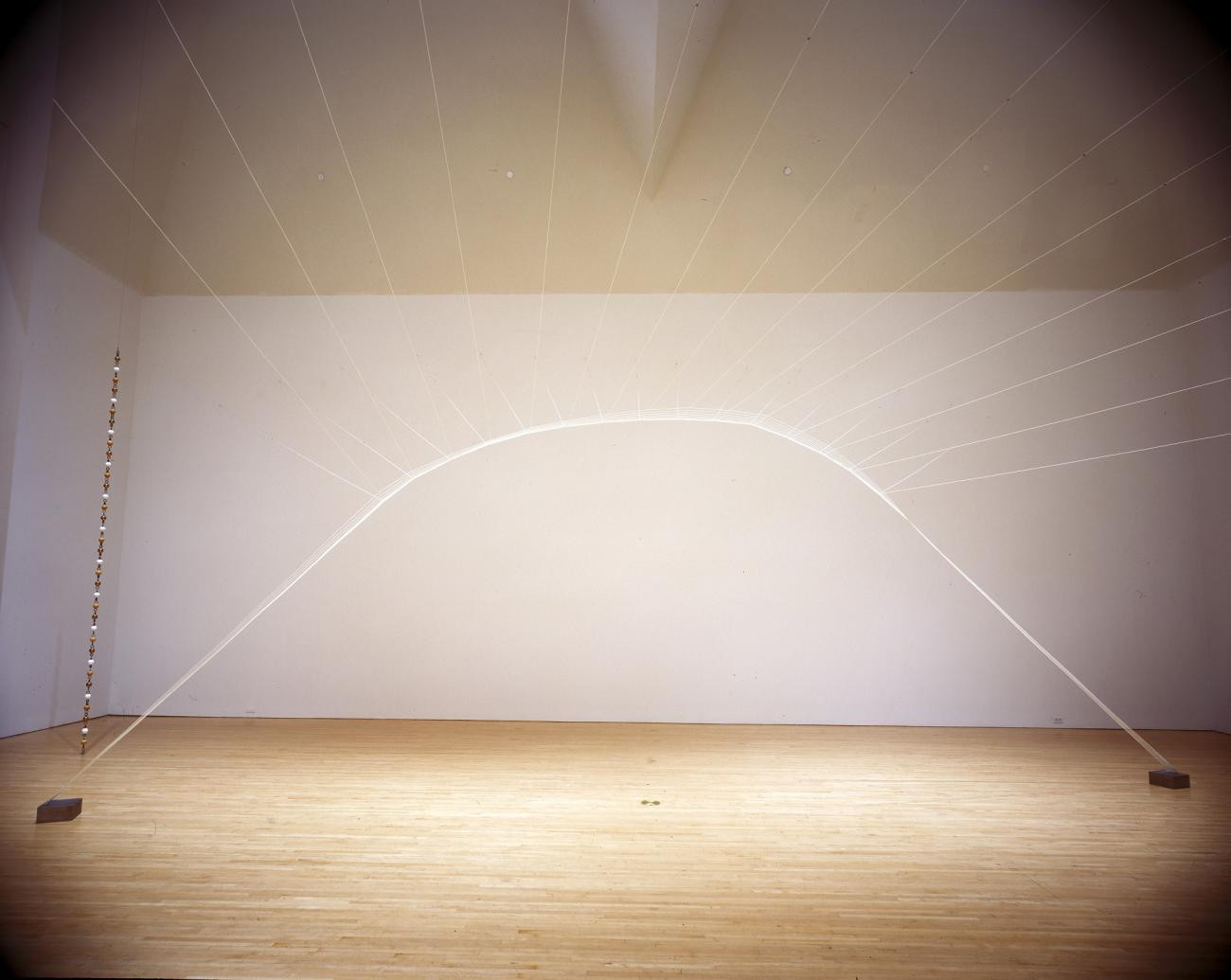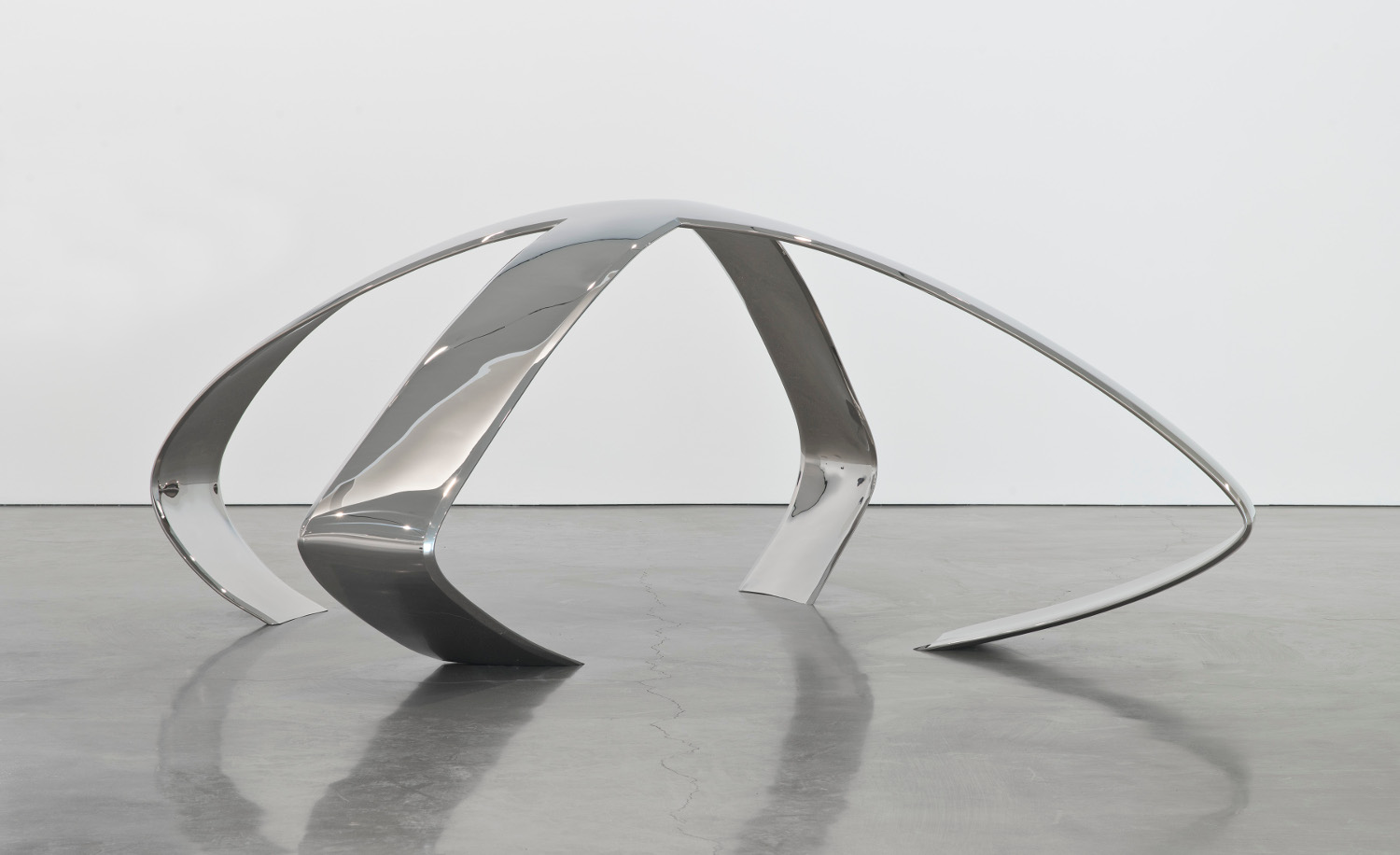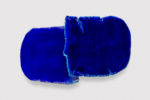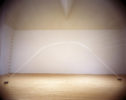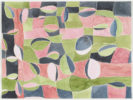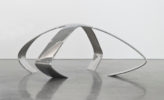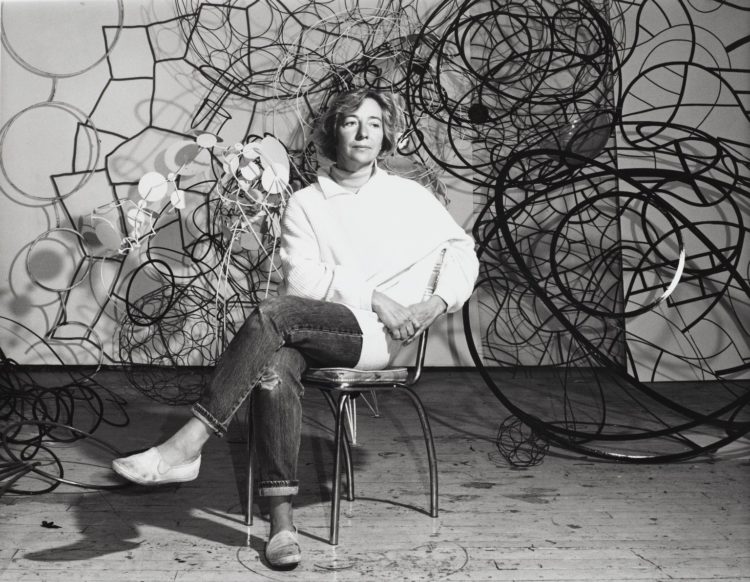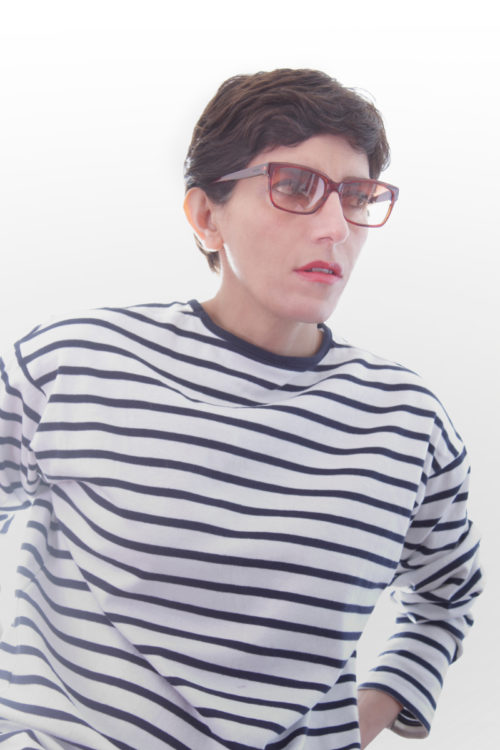Liz Larner
Ferguson Russell, Liz Larner, Los Angeles, Museum of Contemporary Art, 2001
→Ferguson Russell, Opie Catherine, Porter Jenelle, Liz Larner, New York, Karma, 2016
Liz Larner, X, Aspen Art Museum, Aspen, 6 November 2015 – 9 October 2016
→Liz Larner, Galerie Max Hetzler, Paris, 4 May – 3 June 2017
→Liz Larner, Regen Projects, Los Angeles, 17 May – 22 June 2019
American sculptor.
After graduating from the California Institute of Arts in 1985, where she studied photography, Liz Larner turned to sculpture. Close to conceptual art, her body of work is filled with sensation, colour and refinement. In order to create a sensibility to physical space for the viewer, she uses a wide range of materials, which are at times contradictory. Her work ranges from small-format works, such as her “culture pieces” from the late 1980s, to large-scale installations and objects. In the 1980s she became known for works incorporating organic matter, gelatinous substances and other materials such as her own saliva. In the 1990s most of her sculptures proposed an articulation between space and volume, using non-traditional materials that used colour as a structural element: Corridor Orange/Blue (1991) unites these three ideas. Composed of vividly colourful mixed elements – an assembly of metal and a striped fabric of orange tones placed vertically on the ground and a blue structure suspended in the space – this work addresses the relationship between the viewer and disparate elements in relation to each other. The work’s two parts operate through opposition: the colour orange versus the colour blue; the organic aspect of the orange ensemble versus a rigid structure; fabric versus metal.
The artist thus creates a confrontation that implies both mechanic and organic data, emotion and intellect. L. Larner uses our sensations of mass, density, weight, as well as our linguistic habits in sculptures that question our own bodies, experiences and conceptions concerning what an artwork should be. Since the late 1990s her work shows an interest in questions directly related to gesture and colour. They encourage the spectator to question postmodernism and the opposition traditionally encountered between experience – which involves our body, our senses – and abstraction, which brings together our symbols, our language. Through her works, she modifies our conception of three-dimensional spaces and emphasises the notion of the object. Her works are held in prestigious collections, including the Museum of Contemporary Art in Los Angeles.
© Éditions des femmes – Antoinette Fouque, 2013
© Archives of Women Artists, Research and Exhibitions, 2020



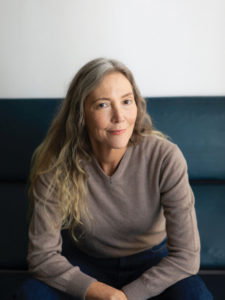
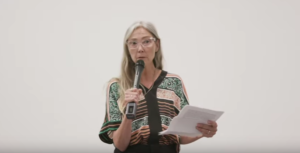 Liz Larner
Liz Larner
